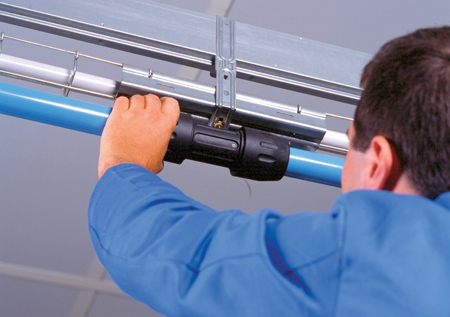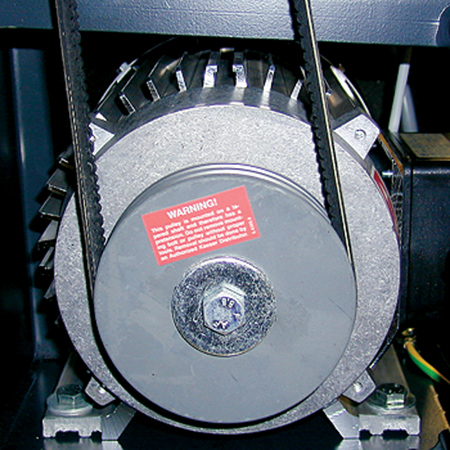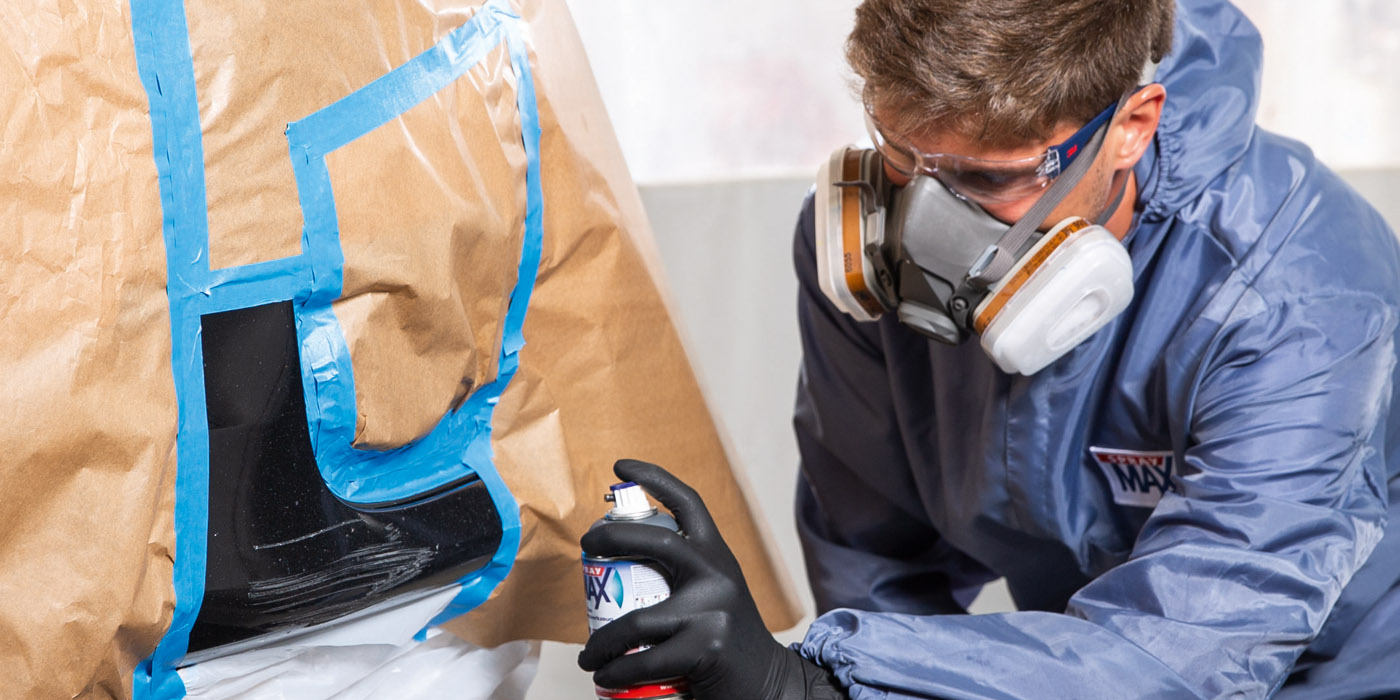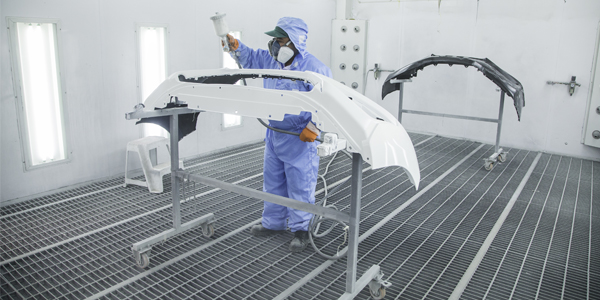
 Preventive maintenance is critical to keeping any compressed air system in top condition. Although the life cycle of an industrial air compressor typically exceeds 10 years, proper maintenance is crucial to maintaining reliability, performance and efficiency.
Preventive maintenance is critical to keeping any compressed air system in top condition. Although the life cycle of an industrial air compressor typically exceeds 10 years, proper maintenance is crucial to maintaining reliability, performance and efficiency.
Piston or Rotary?
Piston compressors and rotary compressors have separate and different maintenance and service requirements.
Piston compressors have proven to be very reliable and require relatively little preventive maintenance other than periodic oil changes, replacing the air inlet filter and maintaining proper belt tension. However, the pistons, cylinders, rings and valves in reciprocating units wear over time, causing the compressor to deliver less air and sending more lubricating oil past the rings into the compressed air system. Without proper filtration and more frequent filter maintenance, this will cause paint finish problems. Preventive maintenance will slow this process, but rebuilding a piston compressor periodically may be necessary to reduce the oil carry-over and reverse the gradual loss of performance. This is also true of some rotary vane compressors. However, rotary screw compressors are designed so that the rotors don’t touch each other or the rotor housing, which means that performance doesn’t change over time. These compressors also require periodic oil changes, filter changes and checks for proper belt tensioning as well as oil filter and air/oil separator changes.
Making routine air system maintenance a priority improves reliability and product quality. When the air system is down, little in your shop is working. And when contaminants or water vapors create fish eyes, you could be looking at considerable time and money for rework. Some advance planning and commitment to sound routine maintenance principles will provide a true return on investment.
Leaks and Piping
Paying special attention to leaks – and every shop has leaks – is the first step to improving air system efficiency. Studies indicate that 35 percent of all compressed air is lost to leaks. That’s incredible when considering the cost it takes to produce air – and then realizing that more than one-third is sheer waste. Ultrasonic leak detection devices and services are readily available and relatively inexpensive when compared to the potential savings. Set aside time on a regular basis to identify and repair leaks in your shop.
Understand that increasing the pressure on an existing compressor in an attempt to get more flow could actually reduce system capacity as air lost to leaks and artificial demand will increase at a higher system pressure. Simply increasing the pressure setting of the compressor actually decreases the flow.
Pipe joints and fittings can loosen or wear overtime and should also be routinely checked using a reliable method. If your piping is iron, check the interior diameter for rust and buildup. Air that’s compressed, dried and cleaned will only pick up more particulates and contaminants if being delivered by rusty pipes. Furthermore, over time the effective diameter can be reduced by buildup. PVC piping should be removed immediately, as oil mists and vapors not yet filtered out of the compressed air can react and weaken portions of the piping, leaving them vulnerable to rupture.
Replace old, outdated or undersized piping. Copper or aluminum provides the best flow characteristics. There are several modular aluminum piping products that offer an excellent and cost-effective alternative to more expensive materials. Not only can these products be fully integrated into existing systems, they offer push-to-fit connections that eliminate the human error factor in brazing and welding joints and fittings – the most likely place piping leaks occur.
Keep It Clean, Dry for Waterborne
The change to waterborne from solvent-based paint has been a hot topic in the collision repair industry this year. However, this change took place over a decade ago in Europe where body shops still provide high-quality finishes – and many made this conversion without complete air system overhauls.
Many repairers are quick to assume that shops will need a higher pressure to apply the “heavier” waterborne paints. However, the extent of any adjustments or improvements will depend largely on the shop’s specific air system, daily operations and its approach to routine maintenance.
A quick check with the paint gun manufacturer is the first step in determining whether or not increased pressure will be required. Each manufacturer will provide the technical specifications and compressed air requirements for its particular paint spray guns. Once you’ve determined the correct pressure and volume to operate the tool, you should then review the compressed air system as a whole, including your approach to clean air treatment equipment, piping and condensate removal.
Like solvent-based paints, waterborne will work best when delivered by clean, dry compressed air. Ensure that you have a compressed air dryer in place to remove excess moisture. Install and replace inline filtration elements on a regular basis to remove contaminants. Include drain traps in your system to remove liquids from dryers, filters and tanks. Replace outdated piping to avoid introducing rust and scale into the compressed air, and make sure the piping is properly sized to avoid pressure drop. While some upgrades may be necessary, these straightforward adjustments can improve capacity and efficiency whatever type of paint you’re using.
Evaluate your system to determine the correct diameter. Undersized piping increases pressure drop, hindering delivery and reducing reliability.
As far as other components go, here are some essential maintenance steps:
Drain traps – Drain traps remove accumulated liquids from clean air treatment components. They should be included on dryers, liquid removal filters and tanks. Capacitance-sensor actuated drains provide excellent value for money – opening only when needed to release compressed air condensate but not valuable compressed air. It’s also important to note that the liquid collected in these traps may not be suitable for disposal in municipal systems. Cartridge-based condensate management systems provide an easy economical solution to this challenge.
Pump or airend – As far as the piston/pump is concerned, check the inlet and discharge valves for sticking due to carbon deposits. Check for excessive air through the crank case breather indicating worn piston rings. Check for low oil pressure indicating worn bearings. Recommended rebuild: 5,000-10,000 hours.
If dealing with a rotary screw airend, check for mechanical seal leakage, inlet valve wear and excessive bearing “play.” Recommended rebuild: 50,000-100,000 hours.
Motor – Grease motor bearings with the right type and amount of grease. Replace bearings on a conservative schedule. Check amp draw to prevent motor overload. Ventilate compressor room and limit ambient temperature to increase motor life.
Drive coupling – Verify that the direct drive system is perfectly aligned. Check frame and mounting block for “settling” which may cause misalignment and coupling damage. Check drive coupling for contamination and signs of wear and tear.
As far as the gear is concerned, check spray bar for excessive contaminants and plugged orifices. Check for wear and “backlash.” Ensure proper lubrication.
Lubricants – Lubricants cool, seal, lubricate and remove contaminants from a compressor. Use proper grade (see manual). Drain existing lubricant before refilling. Draw routine oil samples to determine maximum lubricant life. Use synthetic lubricant for maximum service life. Use lubricants that do not contain silicone.
Filters – Any contaminants not trapped in the filter will eventually damage machinery and equipment. Use proper micron rating as specified by OEM. Check pressure differential and, if acceptable, carefully “counter flow” compressed air through the filters to clean them. Check for worn/damaged seals. Check structural integrity. Replace after filter has been cleaned two or three times.
Concerning the lubricant filter and lubricant separator, use only genuine replacement parts. Change when maximum pressure differential is reached or at each lubricant change, whichever occurs first.
Coolers – Check for visible contamination and clean regularly. Keep clean and dry.
Refrigerated dryers – Clogged condensers account for most dryer problems. Periodically clean the fins with compressed air or a bristle brush to ensure enough refrigerant is transformed into a liquid state for proper heat removal in the evaporator. Do not bend or damage the fins of the heat exchanger during cleaning.
The most critical area for dryer performance is proper drain function at the separator. Separated water needs to be discharged from the system frequently to avoid re-entrance into the air system. Check separator and drain function regularly by monitoring discharge amount. On an average day a 100 cfm dryer discharges about six gallons during a three-shift operation. Even the best drain needs to be serviced or rebuilt at least once a year.
Controls – Controls are very reliable and typically do not need any adjustments. Check pressure switch setting if condenser fan is not running during full load operation.
Heat exchangers – Most modern heat exchangers are non-fouling and do not require any pre-filtration or cleaning. Ensure that ambient air does not contain traces of ammonia or acidic substances. Water and ammonia can create an acid that destroys copper heat exchangers.
Air-cooled and water-cooled aftercoolers – With air-cooled aftercoolers, clean heat exchanger fins with compressed air or a bristle brush. Be careful not to damage or bend fins.
Regarding water-cooled aftercoolers, check for proper water pressure and inlet/outlet temperatures. Check heat exchanger on water and air side for fouling. Mineral deposits on water side negatively influence heat transfer. Clean or flush with special cleaning solvent if necessary.
Moisture separator with drain – Check separator filter element for pressure drop. Check drain for proper function. Rebuild mechanism if necessary. Check that air flow does not exceed rated flow. Excessive air flow can damage filter elements and reduce filtration performance. Do not install an extra-fine filter as a “catch-all” right after an aftercooler. It cannot remove the contaminant load at this point and will create significant pressure drop. Check pressure drop regularly or use an electronic filter monitor to indicate optimum element replacement. Check drain function periodically.
Vapor adsorbers – Activated carbon is often used to remove unpleasant tastes or smells. These filters always need to be installed downstream of a dryer and an extra fine oil removal filter. Check for any liquid, which renders the carbon ineffective. Carefully open drain valve and check for smell. Change cartridge when smell is detected or on cartridge style filters after 1,000 hours and on “tower” style filters after 10,000 operating hours, whichever occurs first. In addition, on carbon “tower” style filters, a fine after-filter to remove carbon dust needs to be installed.
Condensate drains – Check for clogged strainer installed ahead of drain. Note that a high-quality drain does not require a strainer. Periodically clean off excessively large contaminants that did not pass through the drain. Annually rebuild drains. Drains can open up to 250,000 times a year.
Ensure drain is installed per instruction manual. Vent lines are often necessary to provide reliable operations.
Never feed more than one drain line into drain.
Condensate management system – Ensure that condensate is properly treated before being discharged into sewer systems. Failure to do so could result in severe fines.
Most oil-water separators are gravity feed devices which have replaceable filter bags or elements. Check instruction manual for maintenance schedule.
Article courtesy of Kaeser Compressors.













